Many friends want to purchase a server for home use due to work and study needs, which makes learning artificial intelligence, deep learning, and various programming experiments much more convenient. After all, the configuration and performance of laptops and desktops are significantly inferior; for example, laptops have limited CPU and memory performance due to thermal issues, and desktops cannot accommodate high-performance NVIDIA graphics cards.
Having a personal server at home will greatly enhance your work and study journey. Dell servers are well-known for their outstanding stability and performance, enjoying a good reputation and high market share. They are a preferred choice for building internal servers in companies, and many institutions such as schools and hospitals also extensively use Dell servers.
Dell servers generally come in three types: rack servers, tower servers, and workstations. Rack servers are typically installed in racks and are suitable for companies or units with dedicated server rooms and racks, making them unsuitable for personal use at home or in an office; tower servers are not rack-mounted and can be placed on a desk or the floor, making them more portable; workstations are smaller and lighter than tower servers, producing less noise and being more convenient.
Classic rack servers include the R740, R750, and R760; classic tower servers include the T620, T630, and T640; classic workstations include the T7910, T7820, and T7920. Among these, the R740, R750, R760, T640, T7820, and T7920 are currently in production and for sale by Dell, while the T7910 and T630 have been discontinued.
Today, we will discuss servers suitable for home use. In my previous and current companies, the internal servers are generally Dell rack servers, which require installation in racks, are quite noisy, and are not flexible in placement, making them unsuitable for home use.
So, are tower servers suitable for home use? I personally tested the T630 model, which I found on an online marketplace. The after-sales service included a 7-day no-reason return policy and a 365-day warranty. The configuration is as follows: 8 x 3.5-inch drive bays, two Intel Xeon E5-2686V4 CPUs (36 cores, 72 threads), 128GB Samsung DDR4 ECC memory (4 x 32GB), three 3TB Seagate SAS mechanical hard drives (configured in RAID5), one 480GB Intel SSD (installed with Windows 11), one 480GB Intel SSD (installed with Ubuntu 20.04), one 1TB Micron SSD (installed with PVE), a GPU kit (supports 4 graphics cards), one H730 RAID controller, and one original 1600W power supply. The machine comes with IDRAC, which is the “Integrated Dell Remote Access Controller,” allowing for remote system installation, power on/off, etc. The price was 9000 yuan. After testing, I decisively chose to return it for the following reasons:
Reason 1: The tower server is too heavy, with a large size and weight of around 30 kg, making it very difficult for one person to lift; generally, two people are needed to move it.
Reason 2: Both the machine and the IDRAC card are quite noisy, and the IDRAC card cannot be removed or disabled. The customer service claimed it was a silent server, but this was not the case; the noise level is unacceptable at home.
Reason 3: The price is relatively high, possibly due to it being an enterprise-level server with richer features, such as 24 DDR4 memory slots, more mechanical drive bays, and more PCI-E slots, making it indeed more expensive compared to other types of servers. Therefore, tower servers like the T620, T630, or T640 are not suitable for home use.
Are workstations suitable for home use? I also personally tested the T7910 model, which I found on an online marketplace, with the same after-sales service of a 7-day no-reason return policy and a 365-day warranty. The configuration is as follows: 2 x 3.5-inch drive bays, one Intel Xeon E5-2686V4 CPU (36 cores, 72 threads), 64GB Samsung DDR4 ECC memory (2 x 32GB), two 1TB m.2 SSDs, one 4TB SAS mechanical hard drive, one original 1300W power supply, one optical drive, and the seller kindly included an NVIDIA NVS 310 graphics card. This machine does not support the IDRAC remote control card, and the price was 3900 yuan. After my testing, despite some ups and downs, I decided to keep this machine and was generally satisfied with it for the following reasons:
Reason 1: This machine can accommodate two high-performance NVIDIA graphics cards, such as the RTX A4500, A5000, or 3080Ti, without needing to purchase a separate GPU kit like the T630 server. I equipped it with an NVIDIA RTX A4500 graphics card, and it trains deep learning models smoothly and stably.
Reason 2: Its size and weight are much smaller than the T630 server, weighing only about 15 kg, which is almost half the weight of the T630, making it perfectly suitable for home use.
Reason 3: The overall noise level is lower; the seller also claimed it was a silent server. While there is some fan noise, it is significantly quieter than the T630 server, making it easy to work beside it without any issues. There is virtually no noise interference in other parts of the house.
Reason 4: It has 4 mechanical drive bays, 16 memory slots, and 6 PCI-E slots, which are more than sufficient. I expanded it to 128GB of memory and used two SSDs, installing a dual-boot system with Windows 11 and Ubuntu 22.04, making it very convenient for work, study, and gaming.
Reason 5: It supports dual CPUs, allowing for high-performance Intel Xeon CPUs.
Reason 6: It is energy-efficient, consuming less than 100W under standby or light load conditions.
Reason 7: It is affordable; buying a second-hand T7910 is suitable for deep learning, scientific computing, software development, graphic design, or gaming without any issues.
Of course, for those who are not short on money, you can buy a brand new T7920 available from the official store, but it is more expensive. The T7910 has been discontinued, while the T7920 shares the same advantages as the second-hand T7910 and is perfectly suitable for home use.
Therefore, the conclusion is: for a high-performance, low-noise Dell server at home, if you want to save money, buy a second-hand T7910; if money is not an issue and you want a brand new one, buy the T7920.
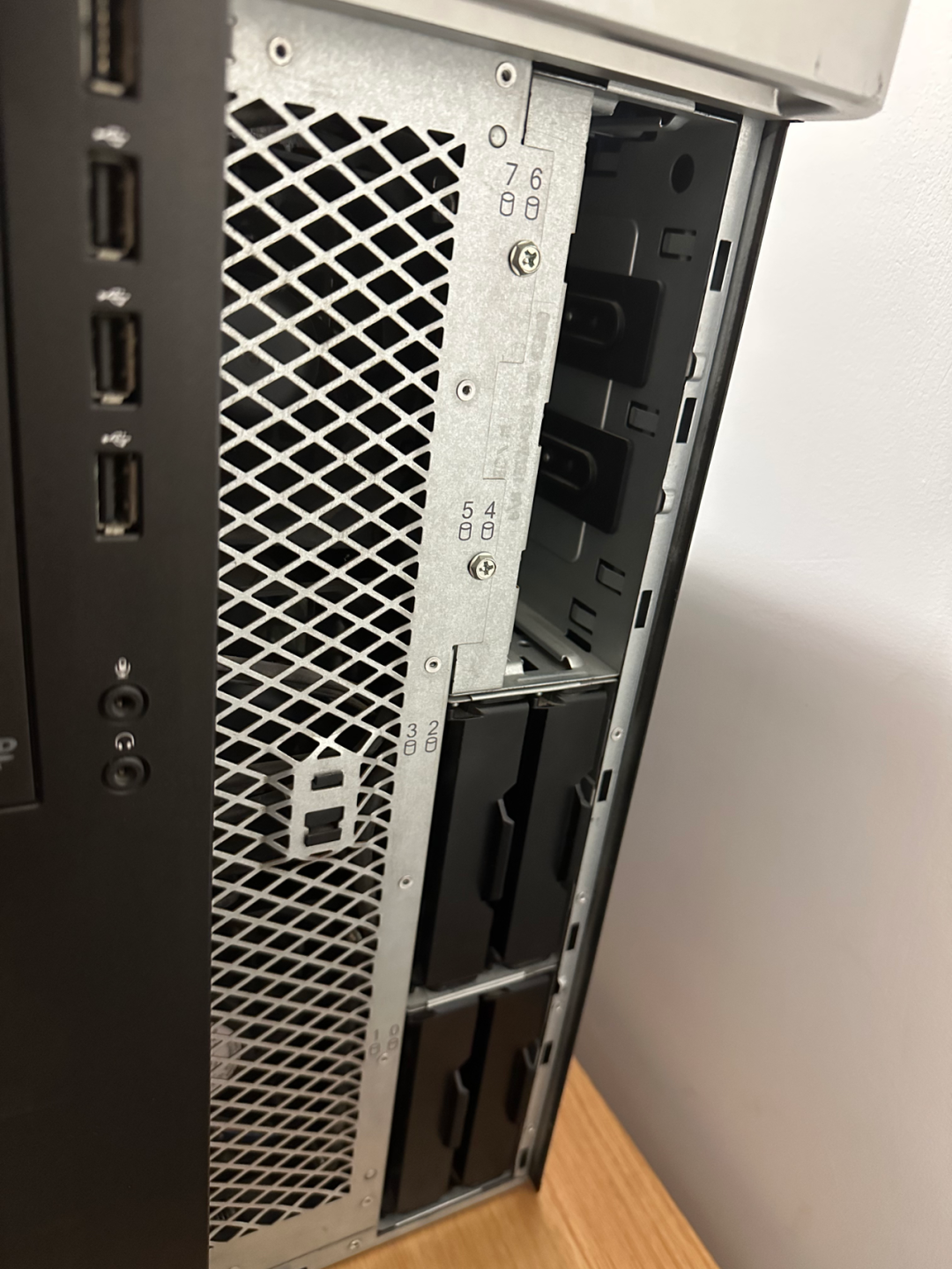
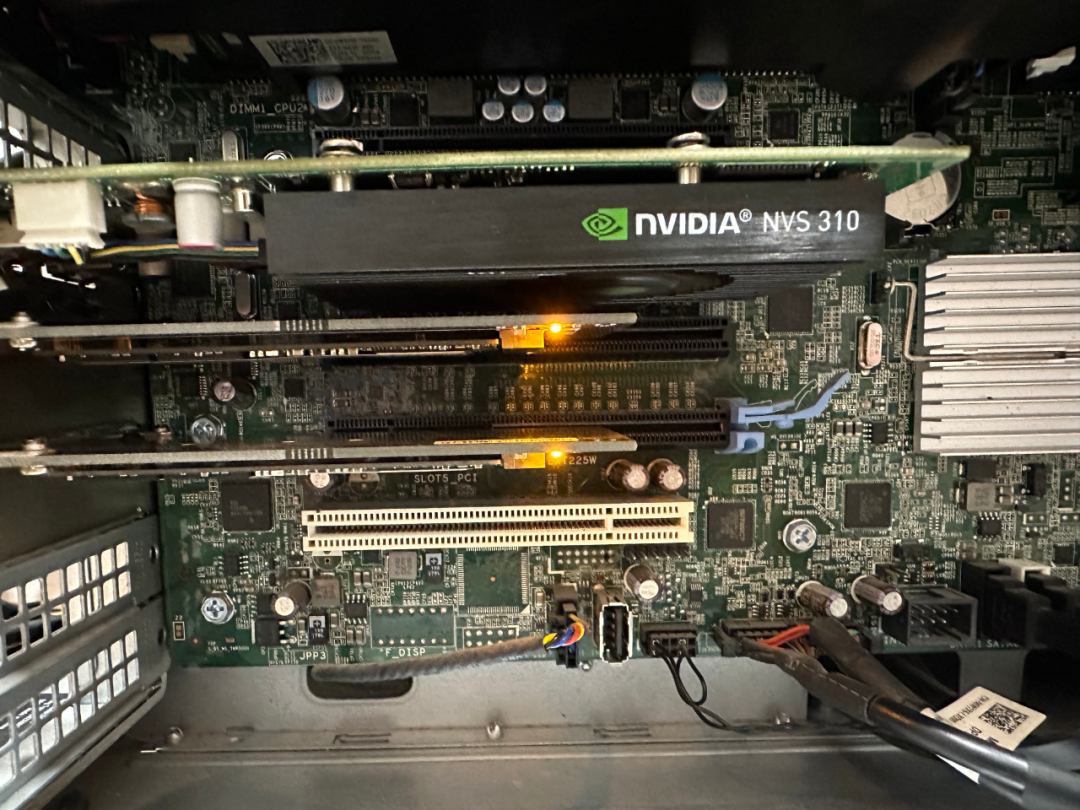
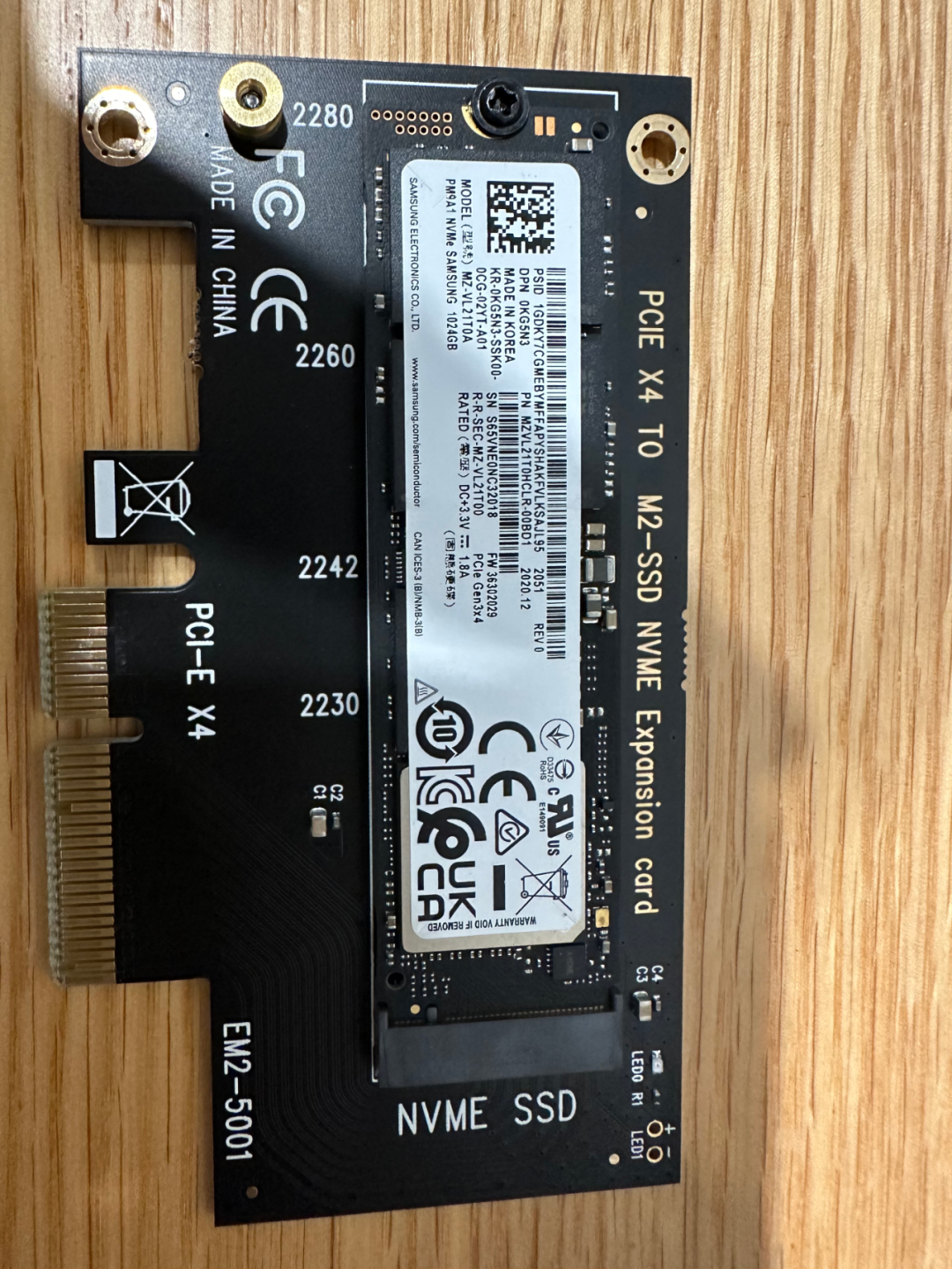
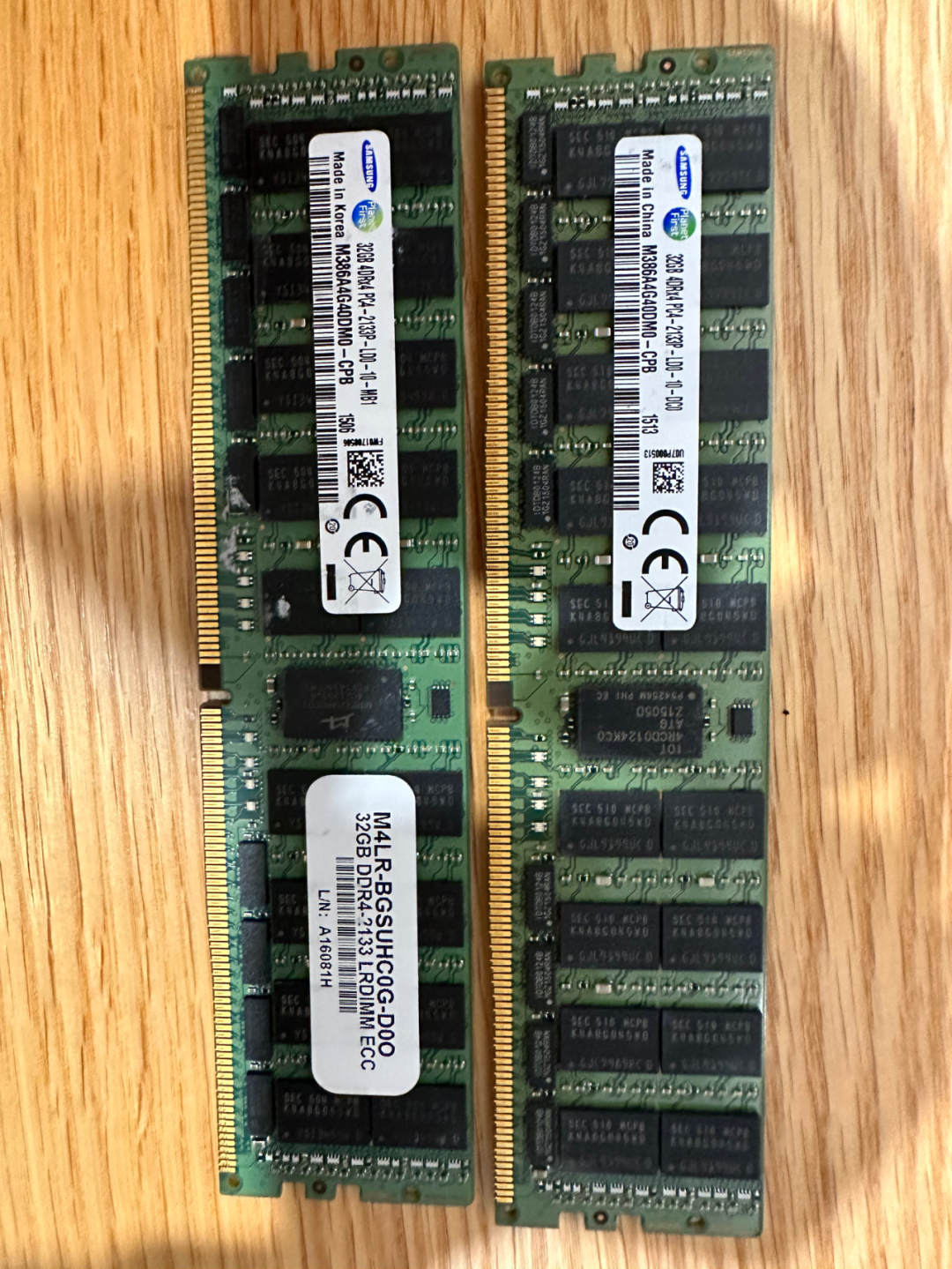
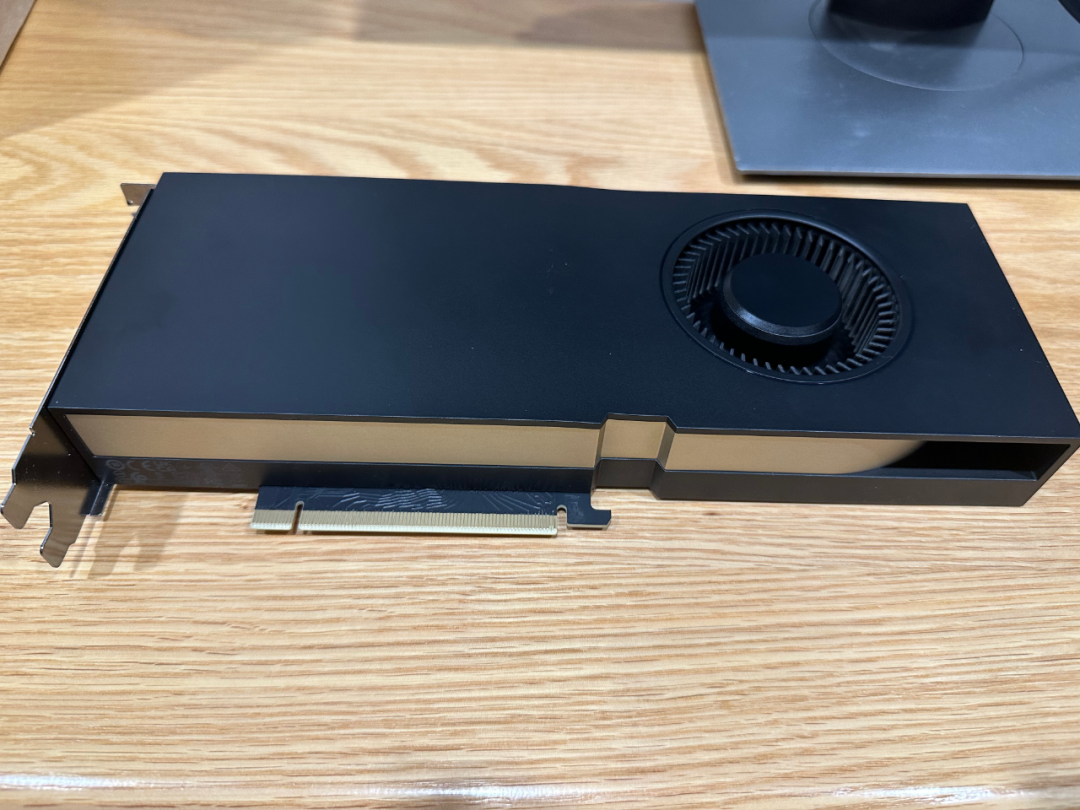
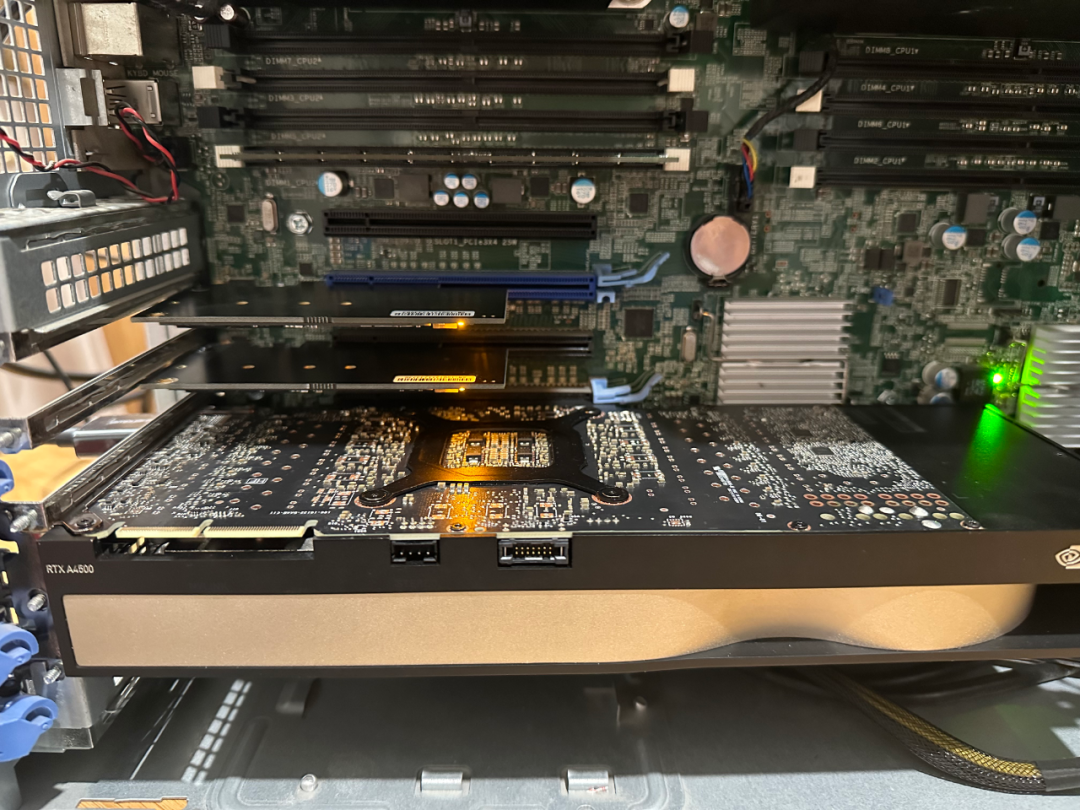
This is an original article, copyright reserved, and cannot be copied or forwarded.
If you want to learn more about computer technology, you can follow this public account or leave a message privately.